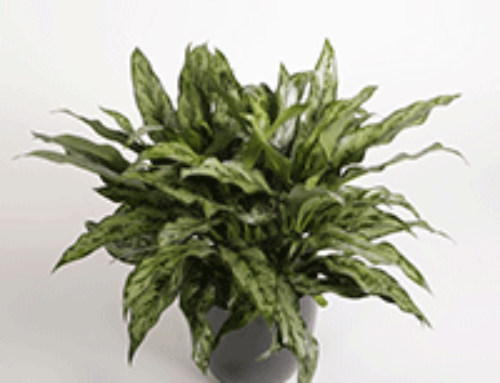While we have helped many plants adapt to the interior, it is important to remember that all plants are native to the outdoor world. No plant is originally/ecologically an indoor plant. How well a plant adapts has to do not only with the plant but also with the varying conditions of the interior that the plant is adapting to.
Let’s consider the environment of pools and saunas. Because of the pool chemicals, many plants can’t survive and die quickly. Because of this, never use the pool for a quick water source, as the high amounts of chlorine can damage the roots.
Plants with thick succulent leaves seem to last longer in these spaces. Because of the high turnover of plants, pool areas are a good place to use less expensive plants. Some great poolside plants include:
- Yucca
- Sansevieria
- Hoya
- Zebra Grass
- Bromeliads
- Agave
- Aloe
- Crassula
- Monstera
- Birds of paradise
- and most kinds of Ficus.
If you are looking for more privacy around the pool area, you should consider bamboo, which does not shed leaves or hedges that are low maintenance.
It is typically best to avoid plants such as:
- Evergreen needle-bearing trees such as Pine trees (very messy trees)
- Fruit trees (as they attract bees)
- Honeysuckle
- Acacia
- Azalea
- Mesquite
It is also to consider your microclimate when planning your poolside plants. Palms seem like the natural poolside plant choice, but palms do poorly in areas that get below 50 degrees Fahrenheit. Additionally, flowering plants may look very pretty in the springtime but will attract bees, which will make their way into the pool. Therefore, if you or someone who will use the pool frequently is allergic to bees, it is best to avoid a plethora of flowering plants.
Installing a pool? In need of landscaping services or plant install advice? Contact Plantopia today for a free expert consultation!






